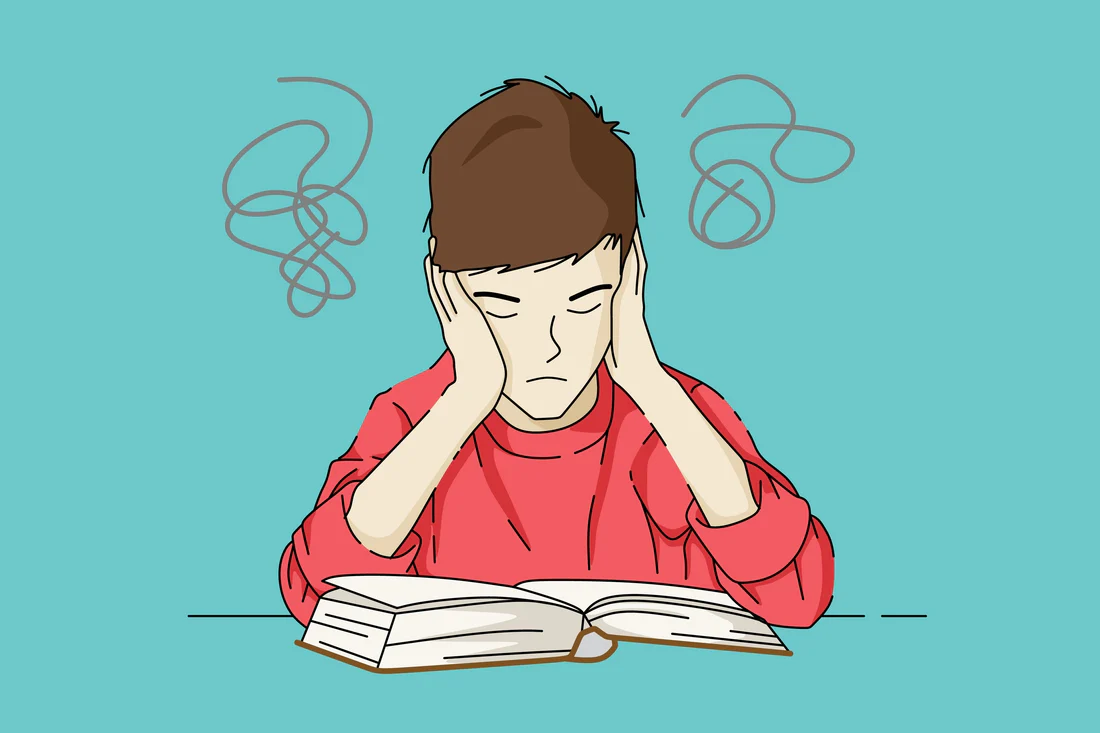Attention-Deficit/Hyperactivity Disorder (ADHD)


What is ADHD?
ADHD stands for Attention-Deficit/Hyperactivity Disorder. This diagnosis is a neurodevelopment disorder that affects many people, including adults and children, with lasting symptoms into adulthood. Because a diagnosis can’t be seen on medical imaging or through a blood test, it is diagnosed though the presence of key symptoms.
What are the key symptoms of ADHD?
This diagnosis is typically characterized by patterns of inattention, hyperactivity, and impulsivity. These characterizations can impact various aspects of life – including but not limited to academic performance, work productivity, relationships, and even self-esteem. As you can imagine, these symptoms can look very different based on age and how well someone has been able to implement coping mechanisms and strategies. Are you wondering if you may have ADHD?
Do I have ADHD?
Here are some questions to consider. Do you have difficulty staying focused on tasks/activities? Do you tend to make careless mistakes in work or school and can seem distracted when spoken to? Do you sometimes have moments of endless energy and movement such as fidgeting, tapping, talking, or overall restlessness? Do you often make hasty decisions without thinking of the consequences? Examples of this may include interrupting conversations, making important decisions on a whim, or even engaging in impulsive behaviors. Remember, all of these symptoms can display differently in children, adults, by gender, or even developmental stage. Remember that there are many ways to manage the symptoms of ADHD.
What causes ADHD?
The exact cause is not understood. However, research suggests that there are likely a combination of things that add to the diagnosis such as hereditary genes, environmental factors, and even simply differences in how our brains work.
How to get tested for ADHD?
Diagnosis typically requires a comprehensive evaluation to be completed by a skilled clinician such as a pediatrician, psychologist, or psychiatrist. The process can entail questionnaires and interviews with parents/teachers as well as a clinician observing the individual in a supervised environment looking for ADHD behaviors.
What is the difference between ADD and ADHD?
Attention-deficit disorder (ADD) and Attention-Deficit/Hyperactivity Disorder (ADHD) have been confused in the past – not only due to the similar names but also due to the overlapping symptoms. As you may notice, ADD did not include hyperactivity, whereas ADHD does. However, the Diagnostic and Statistical Manual of Mental Disorders (DSM) in more recent years have started to simply categorize ADHD into three categories, the first of which is what we would have typically called “ADD”. This first category subtype of ADHD that was previously known as ADD is the predominantly inattentive presentation – this is where individuals mainly struggle with inattention and are easily distracted but do not significantly demonstrate hyperactivity or impulsivity. Subtype number 2 of ADHD is predominantly hyperactive-impulsive in presentation – this includes fidgeting, interrupting and acting before considering consequences. The last subtype is a combined presentation where both inattention and hyperactivity-impulsivity are both present in an individual.
How to treat ADHD?
Ultimately, there is no “cure” for ADHD, however there is hope! If this is something that really affects your life, you can look at a variety of treatment options – ranging from medical management to behavior intervention approaches.
Education – The education and support that individuals and families receive with this diagnosis can have a major impact! It has shown to make significant differences in managing symptoms when the individual and their close circle are able to be educated and work on establishing a supportive environment together.
Behavior – Especially if diagnosed in childhood, behavioral interventions can help the child develop coping mechanisms and positive strategies that work with managing the symptoms. This is very beneficial in creating patterns that help adolescents and adults thrive as they grow. This option is necessary with and without the medical management. Many individuals are able to manage their symptoms well enough to not need medical management.
Medical – Typically, stimulant medications are prescribed, helping develop coping mechanism and positive behavior strategies. You may have heard of Adderall, Ritalin, Concerta, and Vyvanse? These are just a few options that are used as treatment. However, the increased popularity of symptom management has created a trend of more holistic options that are called Nootropics.
What are the long term affects of ADHD?
One of the main symptoms of untreated ADHD is difficulties with emotional regulation and executive functioning, including time management. Those that have not been able to find strategies to stay organized often find themselves overwhelmed with small tasks and tend to have difficulties managing sudden shifts in mood.
What are other parents reading?
Autumn brings an exciting opportunity to celebrate this colorful season with activities tailored for children with varying sensory profiles. Whether
Parents, educators, and therapists often face a perplexing challenge when trying to distinguish between Sensory Processing Disorder (SPD) and Attention
Dealing with autism meltdowns can be a challenging experience for caregivers, teachers, and those on the spectrum alike. A meltdown
Ask Us Anything
Whether you are looking for advice, have a general question about sensory processing, or are looking for resources - we are here to help!
Ask Us Anything
Submit Your Story
Share your story about your child. Let’s celebrate milestones and learn more about challenges.





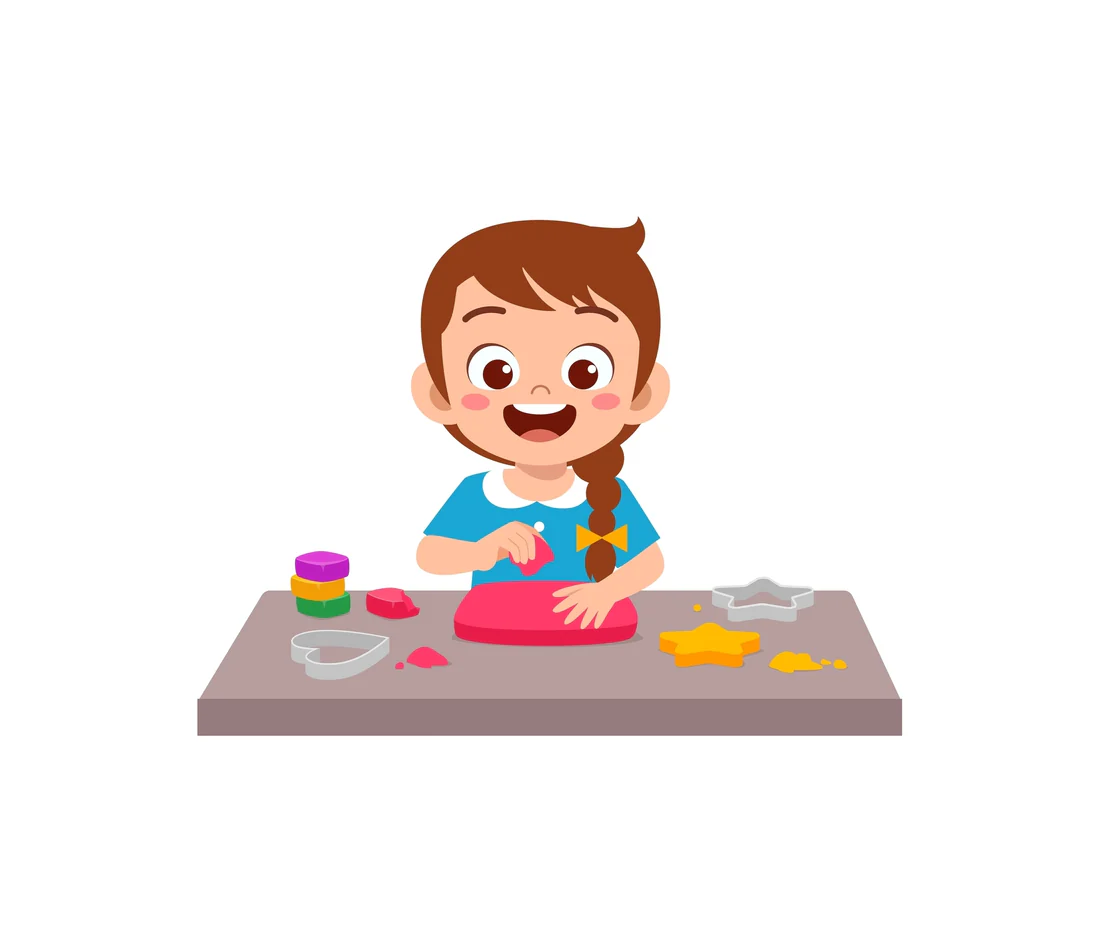
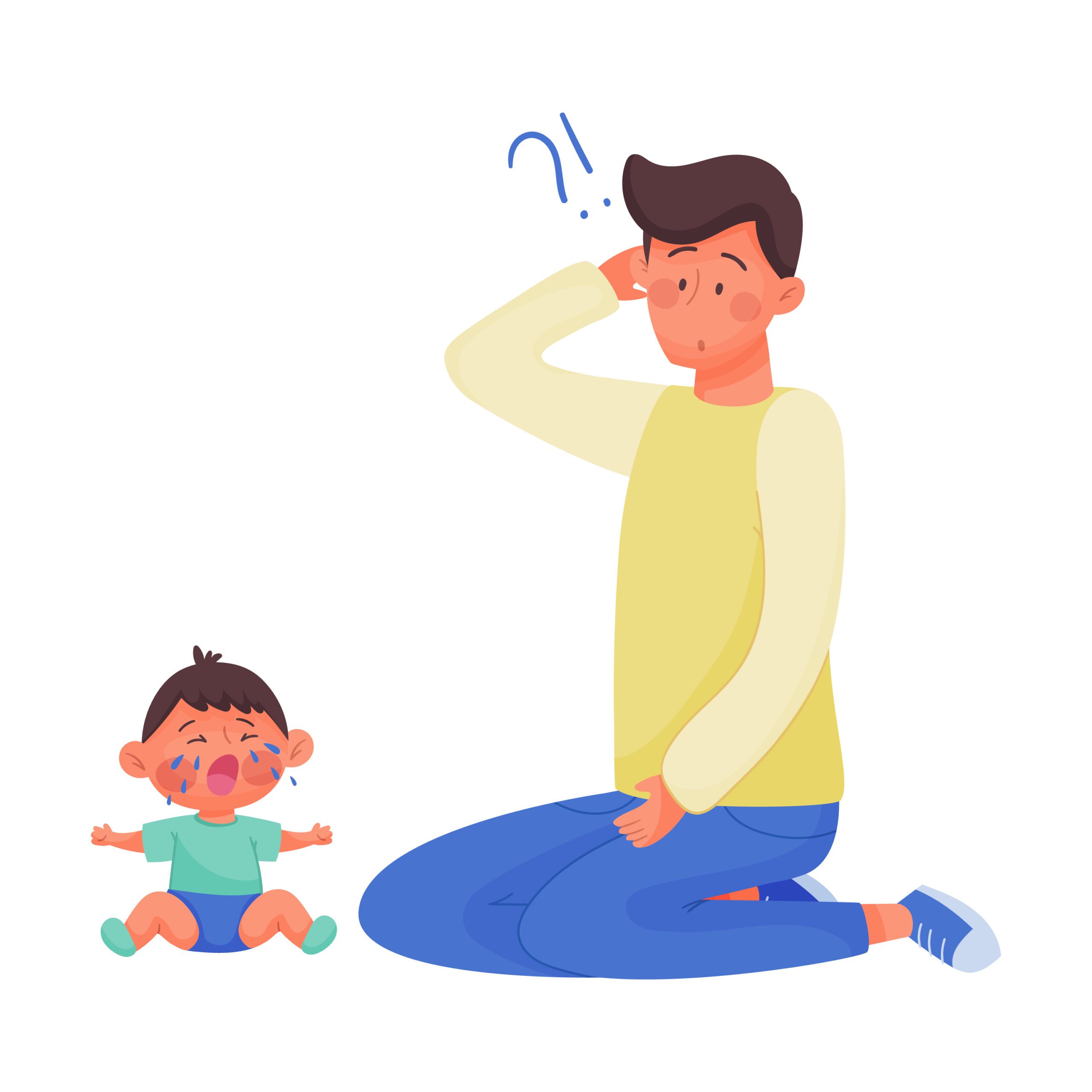





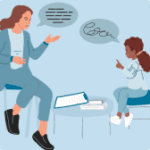 Speech Therapy
Speech Therapy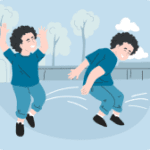 Physical Therapy
Physical Therapy Occupational Therapy
Occupational Therapy
